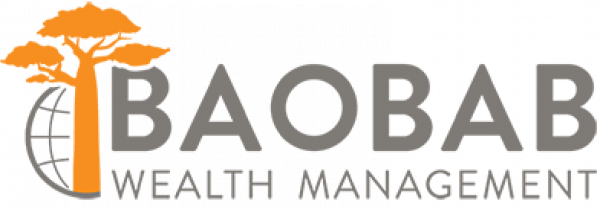VIDEO TRANSCRIPT:
One of the easiest strategies you can use to help build wealth over time while investing is called Dollar Cost Averaging. Not understanding this investment concept is also one of the biggest mistakes that I see people make with investing all the time!
Dollar Cost Averaging works by investing a set amount of money into an investment that goes up and down in value, like mutual funds, at set intervals of time. This is how most people invest within their 401(k)s or other retirement plans at work. A set amount of money comes out of your paycheck and goes into the mutual funds you have chosen every couple of weeks, regardless of what the market and investments are doing.
Let’s take a look at an example of Dollar Cost Averaging works…
Here is a simple chart showing two investments, A and B. Let’s say these are mutual funds in your retirement plan at work, and you are going to invest $100 out of your paycheck each month into your retirement plan.
They both start out the year at the same value, $5 per share. But that is where the similarities end. Over the course of the year, investment A is going to go up in value. In fact, by the end of the year, it is going to have doubled in value. It started out at $5 a share and ends the year at $10 a share. That’s a 100% rate of return!
Investment B on the other hand, is going to drop as soon as the year starts, by quite a bit actually, and is then going to spend the entire year below it’s starting point. By the end of the year, it will just make it back to the starting point of $5 a share. So this is a 0% rate of return for the year, as it started and ended at the same price.
Which one would you like to have invested in?
Let’s take a look at what happens with the $100 per month you could have invested in each fund.
Had you invested in fund A, you would have purchased the numbers of shares you see now each month. As the fund went up in value, the number of shares you purchased each month decreased as the fund got more expensive.
Had you invested in fund B, you can now see the number of shares you bought each month. It is a lot more since the fund went down in value and was so inexpensive all year.
So how did it turn out?
Well, you invested $100 each month for 12 months, so $1200.
Had you invested into fund A, you would have purchased 174 shares over the year. Multiply this by the $10 value per share at the end of the year and you can see that your $1200 investment grew to $1740. Not bad.
Now what about fund B? Had you invested into this fund, you would have purchased 410 shares over the course of the year. Multiply this by the funds year end value of $5 per share and you can see your $1200 investment would have grown to $2050.
Looks counterintuitive, doesn’t it? You actually make more money in the fund that was down all year and that your 401(k) summary says earned a 0% rate of return? How does that work?
Well, because of Dollar Cost Averaging! Because you bought so many more shares when fund B was low all year, you actually made more money than the fund that just went up and up all year! Volatility in an investment can actually be your friend and make you more money in the long run if you understand how it works. Funds going down in value can sometimes make you more money than funds going up if you are dollar cost averaging!
Now most people don’t just invest in fund A or B – they probably have some money in both of these funds, diversification and all.
One of the other mistakes that I see people make is not understanding how they are making (or losing) money in their investments. Many people would take their year end statement in this example and look at the historical investment returns. These would clearly say that fund A had 100% growth and fund B had 0% growth. It is a logical conclusion, if you don’t understand dollar cost averaging, to assume all your growth was made in fund A, when in fact, most of your growth actually came from fund B in this example.
This leads many people to switching their investment choices from the investments that actually made them the most amount of money into the investments that made them the least amount of money!
I hope this helps you understand Dollar Cost Averaging a bit better so that you can avoid this, and other costly mistakes while investing.
If you would like to learn more about this, or get help analyzing your retirement plan investments at work the right way, from a fiduciary advisor who cares, shoot me an email, or give me a call.





